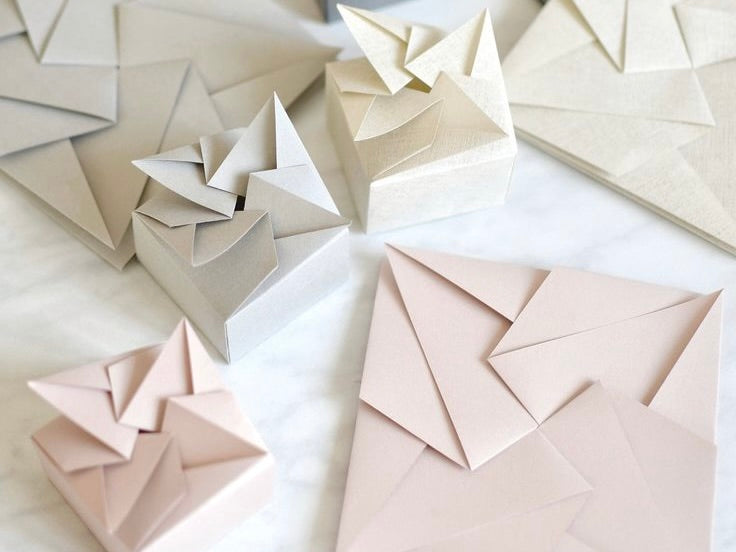The art of paper folding, or origami, has been enchanting people around the world for centuries. With its roots in ancient Japan, origami has grown to become a popular hobby, a therapeutic activity, and a valuable tool in various fields such as mathematics, engineering, and design. In this blog, we will delve into the mesmerizing world of paper folding, discussing the types of paper used in this craft and the many applications of origami in today's world.
Origami has come a long way from its beginnings as a traditional Japanese art form. The name "origami" itself is derived from the Japanese words "oru" (to fold) and "kami" (paper), reflecting the simplicity and elegance of this craft. Over the years, various techniques and styles have emerged, from the traditional folding of a single square sheet of paper to the more advanced techniques like wet-folding, tessellations, and modular origami.
The choice of paper plays a crucial role in the success of a paper folding project. While specialty papers like kami, tant, and foil paper are popular among origami enthusiasts, more common papers can also be used to create beautiful and intricate designs. Some of these include:
-
Printer paper: Although not as ideal as other types of paper, printer paper can be used for simple origami models. It's readily available and affordable, making it a good option for beginners or those practicing basic folds.
-
Construction paper: Slightly thicker than printer paper, construction paper offers more strength and durability for origami models. It comes in various colors and can be used for simple to moderately complex projects.
-
Tissue paper: Lightweight and delicate, tissue paper can be used to create intricate and detailed models. It requires extra care when folding, but the results can be stunning.
-
Kraft paper: Strong and versatile, Kraft paper is a popular choice for origami projects that require more stability. It is available in different thicknesses and can be used for a wide range of models, from simple to complex.
In addition to being an enjoyable pastime, origami has practical applications in various fields. In mathematics, paper folding is used to explore geometry, topology, and the properties of different shapes. Engineers and designers employ origami principles to create innovative structures, such as foldable solar panels, satellites, and even medical devices. Furthermore, origami has therapeutic benefits, as the process of folding paper can help reduce stress, improve focus, and enhance fine motor skills.
In conclusion, the world of paper folding is a rich and diverse one, offering a wide range of techniques, papers, and applications that cater to people of all skill levels and interests. From traditional origami to the cutting-edge applications in science and technology, this ancient art form continues to inspire, challenge, and delight people across the globe.






